Running a small business isn’t easy. Most of us didn’t start with a roadmap—we just dived in and hoped for the best.
But here’s the thing: trial and error is expensive. I burned through savings, jumped from idea to idea, and made every mistake in the book before things finally clicked.
I once spent months perfecting a logo before I even had a paying customer. Yeah… not my proudest moment.
In this post, I’m breaking down the 10 biggest mistakes I made so you can skip the chaos and get to growth faster.
Some are obvious. Others might surprise you.
Let’s get into the stuff no one tells you when you start your small business.
Table of Contents
10 Costly Small Business Mistakes (I Learned the Hard Way)
Every small business owner stumbles. What matters is how fast you learn and adjust.
Below, I would cover experiences I’ve lived through, and fixing them changed everything for me.
So if you’re in the thick of any of this, keep going. You’re not doing it wrong—you’re just figuring it out.
1. Built Before Validating (Big Mistake)
When I launched my first product, I was so sure people would love it. I didn’t talk to a single potential customer. Not one.
I spent months building it—branding, design, features—only to hear crickets after launch.
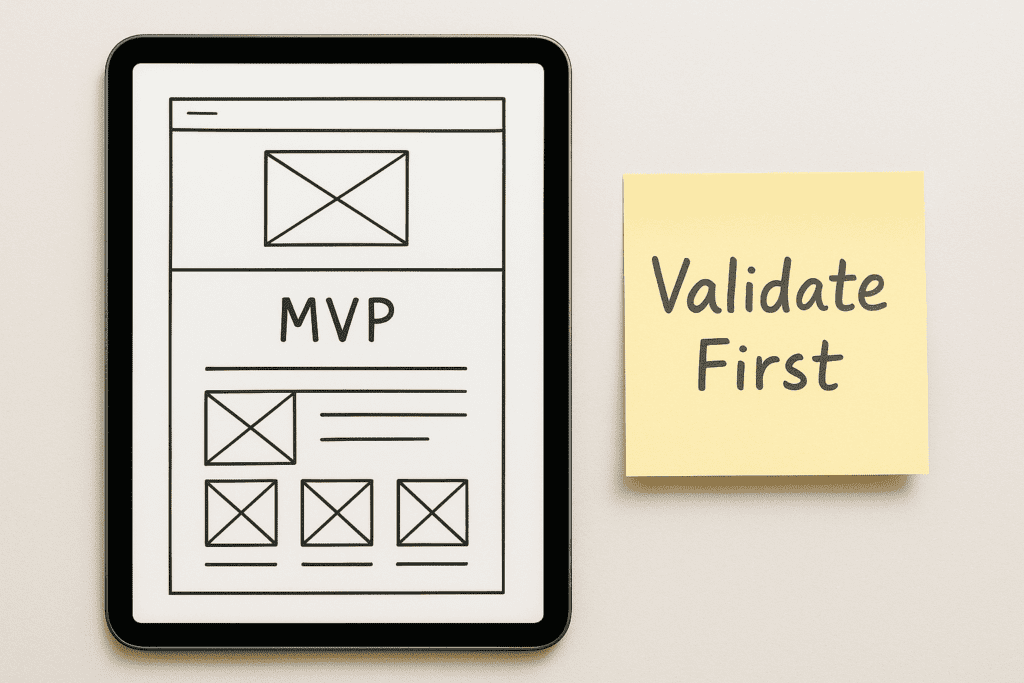
What I’ve learned?
Validation isn’t complicated. Just ask people:
- “Would you pay for this?”
- “What’s your biggest problem with X?”
- “What are you using right now?”
You don’t need a perfect product. You need proof that someone wants it.
2. Chased Trends, Not Real Problems
I once tried launching a “dropshipping side hustle” because everyone on YouTube made it sound easy.
Spoiler: I hated it. It didn’t solve anything for anyone. It wasn’t meaningful. And I couldn’t compete on price.
If your small business doesn’t solve a real problem, it becomes a guessing game.
Trends fade. But real problems stick around—and people will pay to fix them.
Now I ask: Does this solve something real? Would I personally pay for this?
3. Tried to Do Everything Solo
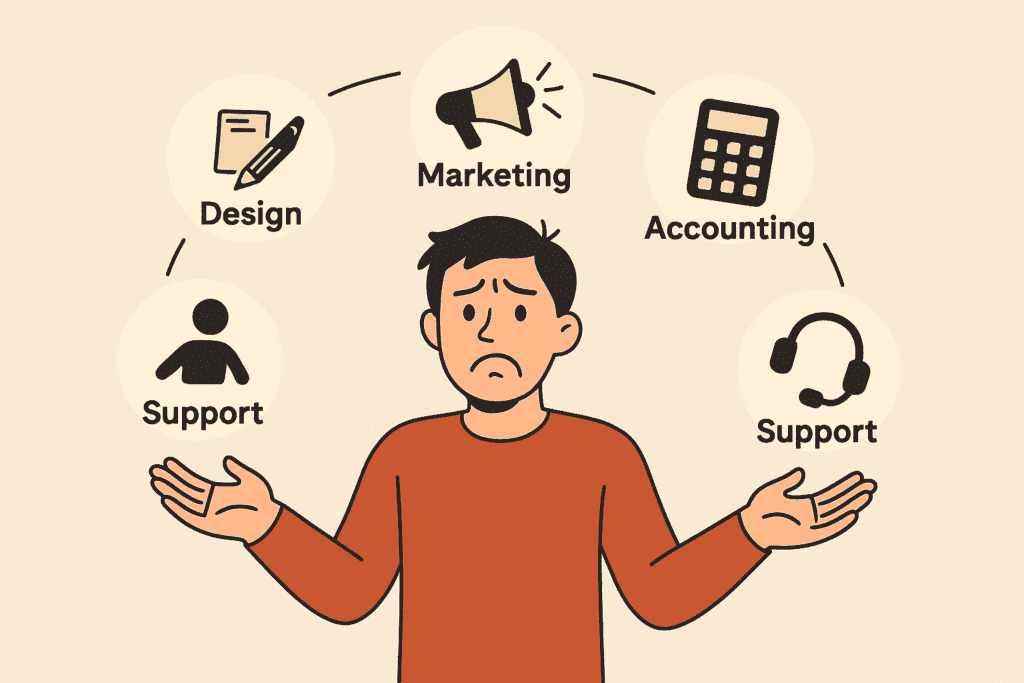
I wore every hat: designer, marketer, accountant, support rep… and it burned me out.
I thought asking for help meant I was failing.
Turns out, trying to do it all was the failure.
Delegating doesn’t mean you’re lazy—it means you’re building something sustainable.
Start with small stuff:
- Automate tasks
- Hire a VA part-time
- Use smarter tools
You can read more on Smart ways to utilise AI for your business here.
Even a few hours of help a week can change everything.
4. Undercharged Out of Fear
Pricing was my weakness. I kept things cheap because I thought people would say no.
But low pricing brought the wrong clients—needy, skeptical, hard to please.
And I couldn’t grow because I was barely breaking even.
One day I doubled my prices. I was terrified.
But the right clients stayed. And new ones came who valued the work more.
People associate price with quality. And cheap isn’t always seen as generous—it can look unsure.
5. Ignored Marketing Way Too Long
I used to believe: “If it’s good, they’ll find me.”
Nope.
I spent so much time building things… and zero time telling people about them.
By the time I finally looked into SEO, email, and content—my competitors were already winning.
Now I treat marketing like product development. It’s not a side task—it’s half the business.
If you’re not sharing, you’re invisible.
Don’t wait until you’re desperate for leads. Start now, even if it’s messy.
6. Perfect Branding… with Zero Customers
I once spent $600 on a custom logo.
Then $1,200 on a fancy website.
And I didn’t have a single paying customer.
You don’t need a perfect brand to start.
You need people to trust you. To know you. To pay you.
Now I use clean, simple designs and focus on the message.
No one cares how polished your brand is if your offer doesn’t solve their problem.
Get it working first. Then make it pretty.
7. Switched Niches Too Fast
Every few months, I’d get frustrated and jump to something new.
Different audience. Different product. Different everything.
Looking back, I was just impatient.
It takes time to gain traction.
Switching constantly meant I was always starting from zero.
Now I give things room to grow.
If it’s not working, I don’t immediately pivot. I dig into why:
- Am I showing up consistently?
- Have I talked to my audience lately?
- Is the offer clear?
Stick long enough to learn. That’s when the real lessons come.
8. Took Advice from the Wrong People
Everyone’s got an opinion.
But not everyone has built what you’re trying to build.
I listened to coaches who never ran a business.
Friends who meant well but didn’t get it.
Even influencers whose advice only worked because of their audience size.
Now, I only take advice from people with receipts.
Look at what they’ve done. Not what they say.
If they haven’t built something similar, I thank them—and move on.
9. Waited Too Long to Launch (Again and Again)
I kept delaying my launch to “get it just right.”
A few more features. A better onboarding flow. Better copy.
Truth? I was scared.
I was afraid no one would like it. That it would flop.
But all I did was delay learning.
The sooner you launch, the sooner you get feedback.
And feedback is how you grow.
Now my rule is: launch when it’s 80% ready. Fix the rest as you go.
You’ll never feel 100% ready. Do it anyway.
10. Didn’t Treat It Like a Real Business
For too long, I treated it like a hobby.
No budget. No plan. Just vibes.
I didn’t track revenue. I didn’t set goals. I didn’t have boundaries with clients.
It almost killed the business.
And it drained my energy.
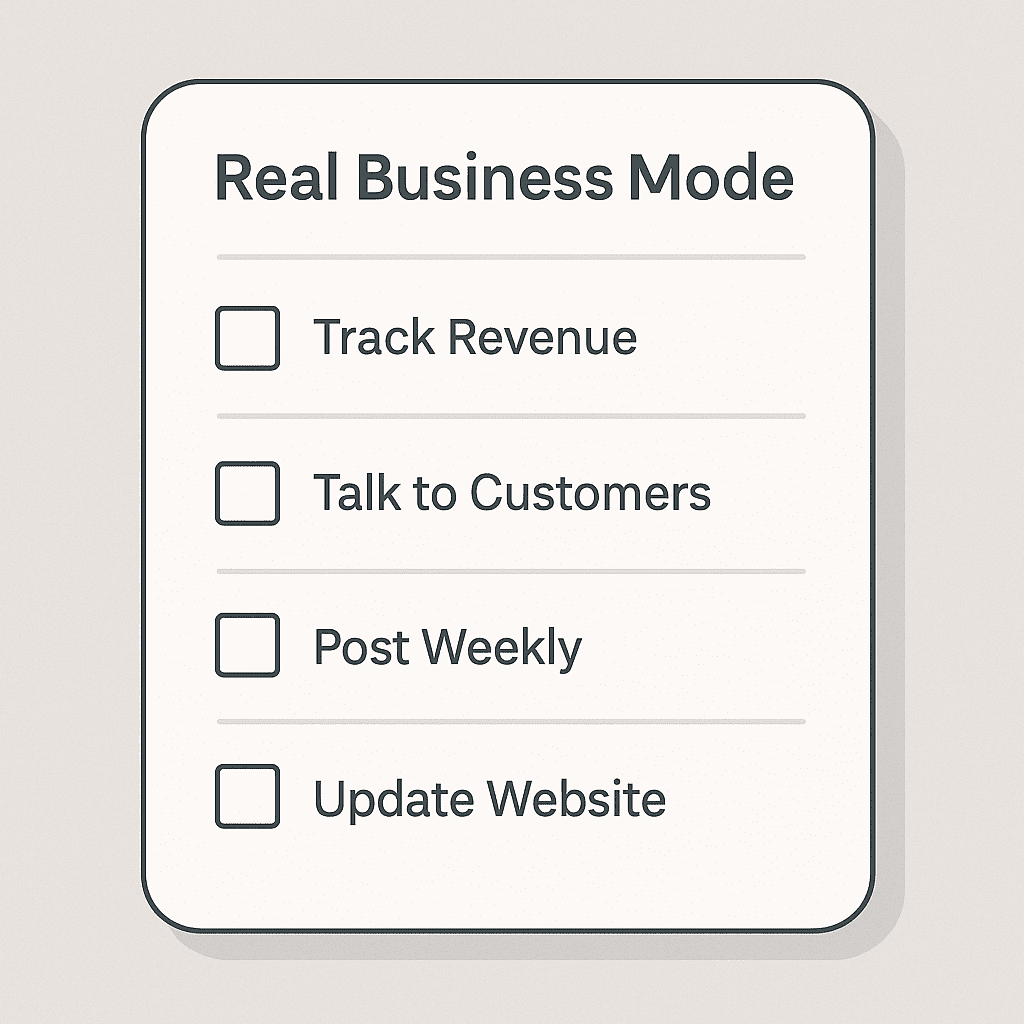
Everything changed when I said, “This is real now.”
I got organized. I tracked expenses. I showed up daily—even when no one was watching.
Small businesses don’t become real when they go viral.
They become real when you start taking them seriously.
Final Thoughts
Starting a small business is a rollercoaster.
You’ll mess up. That’s part of it.
But these mistakes? They’re avoidable—especially when someone’s already walked through the fire and mapped out where the holes are.
If any of this hit home, you’re not alone. I’ve been there. So have thousands of others.
Here’s my quick takeaway:
- Validate early
- Price with confidence
- Talk about your work
- Ask for help
- Start messy, then refine
That’s how things finally started to click for me.
You don’t need to get everything right—you just need to keep moving.
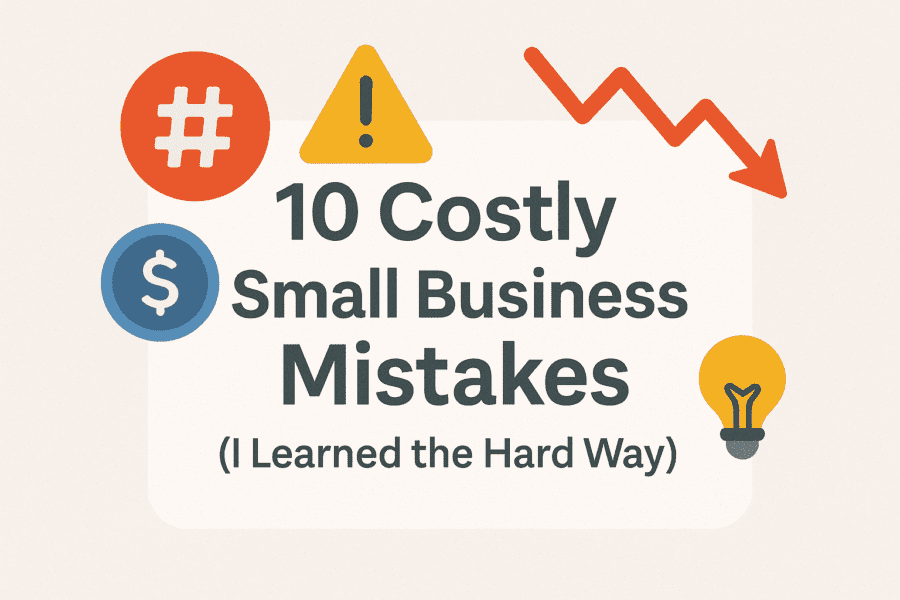
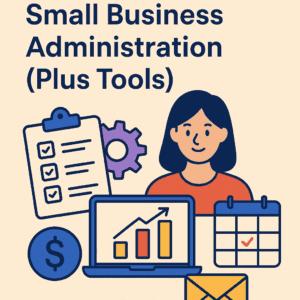
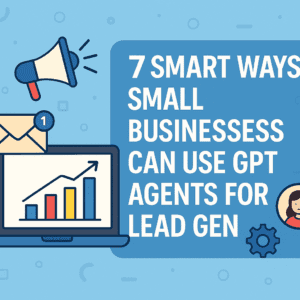

Pingback: 11 Profitable Offline Business Ideas Most People Are Ignoring